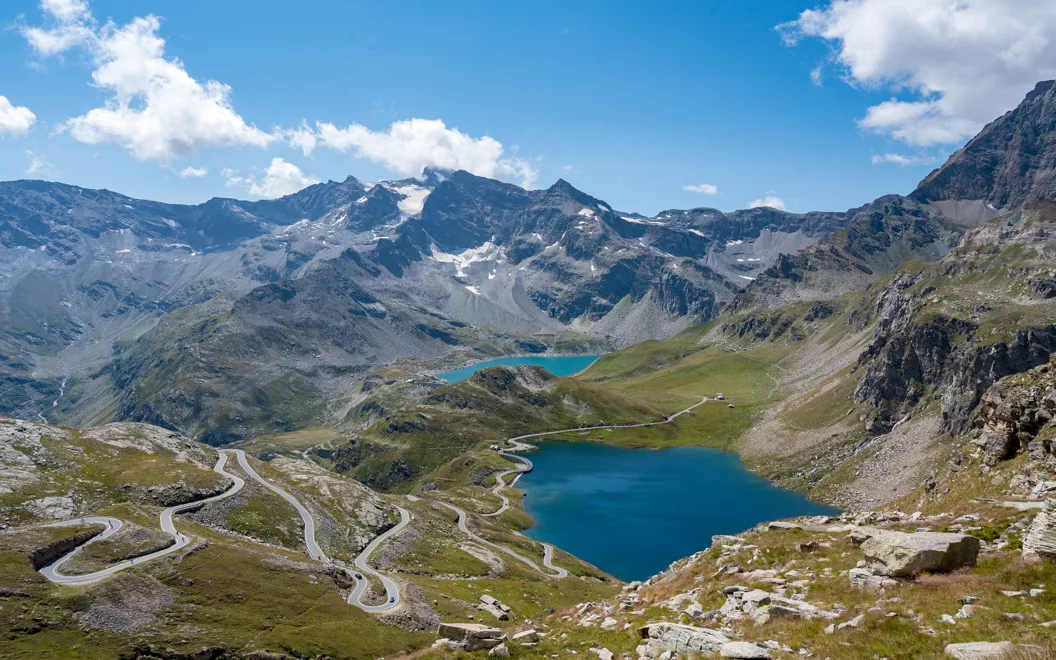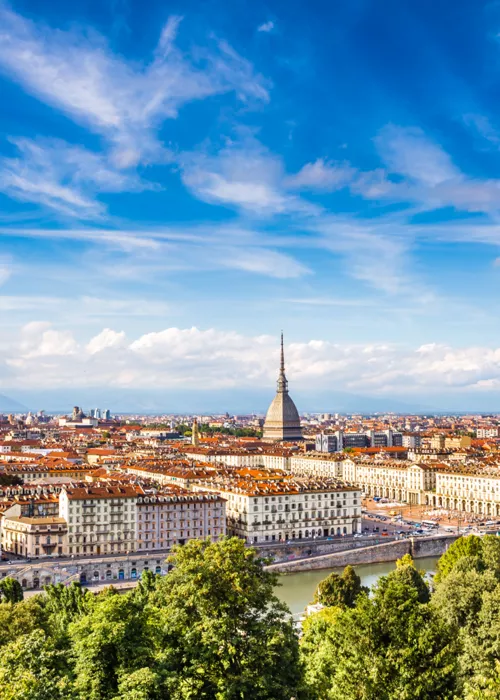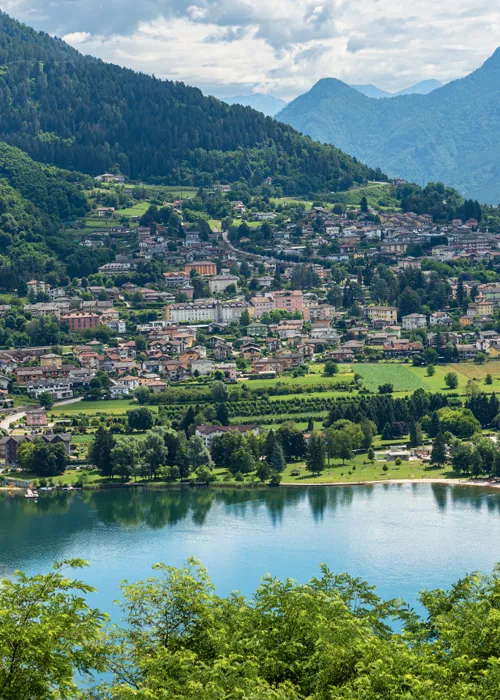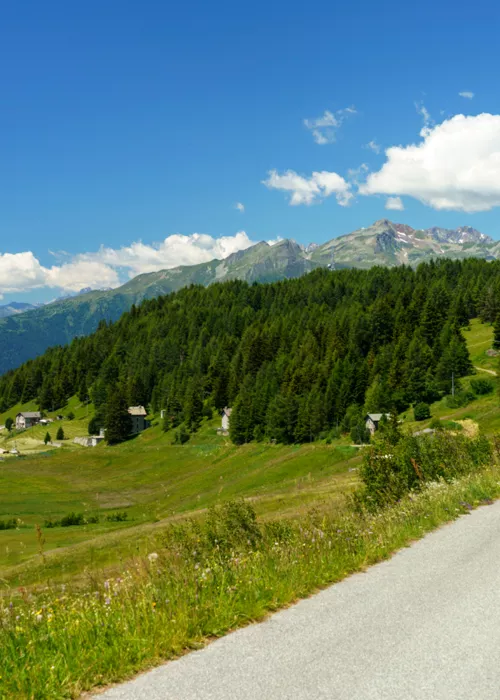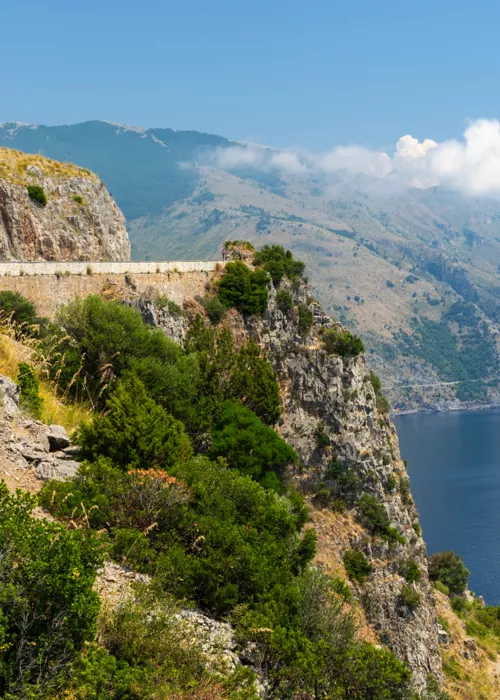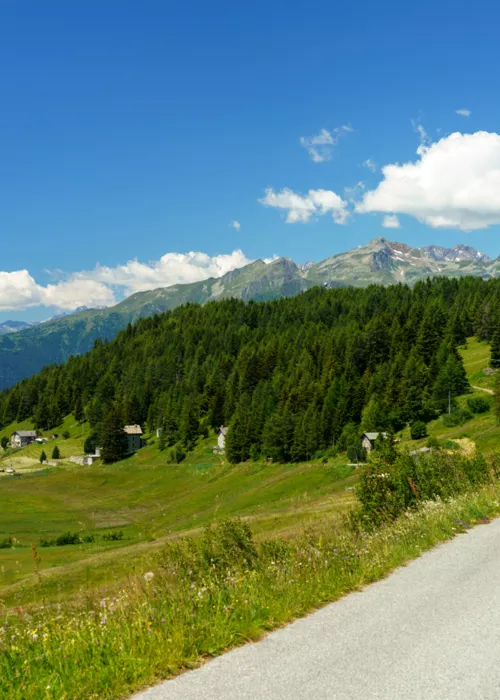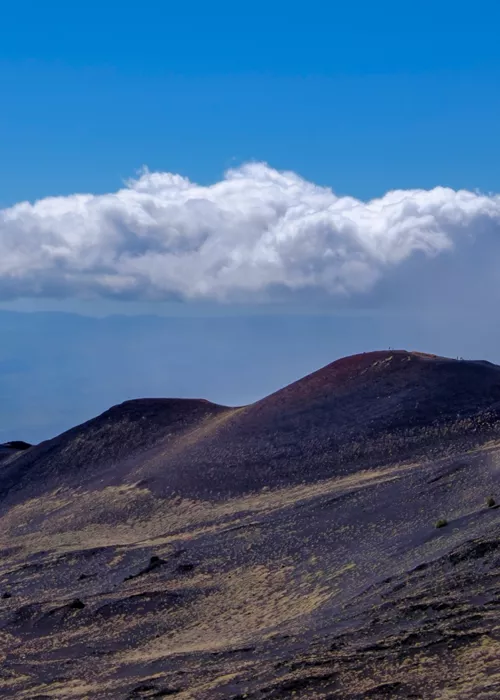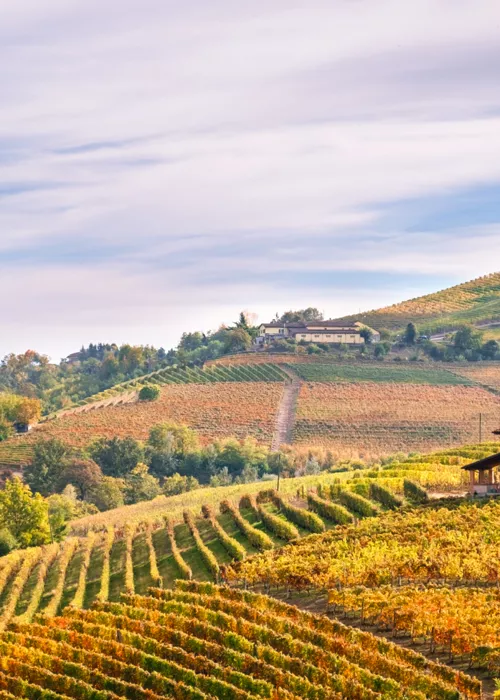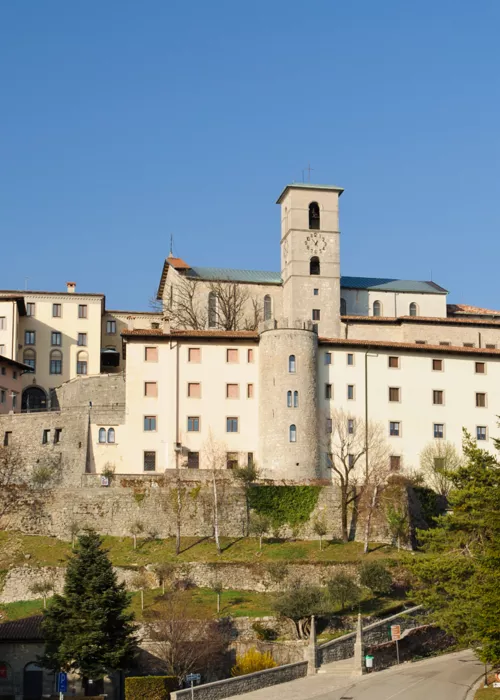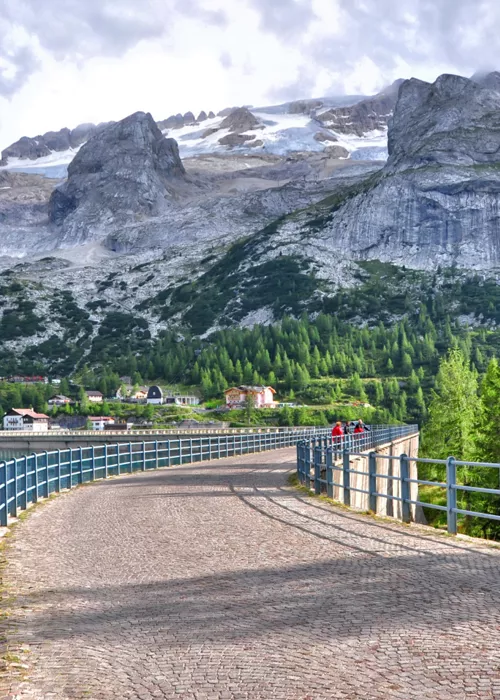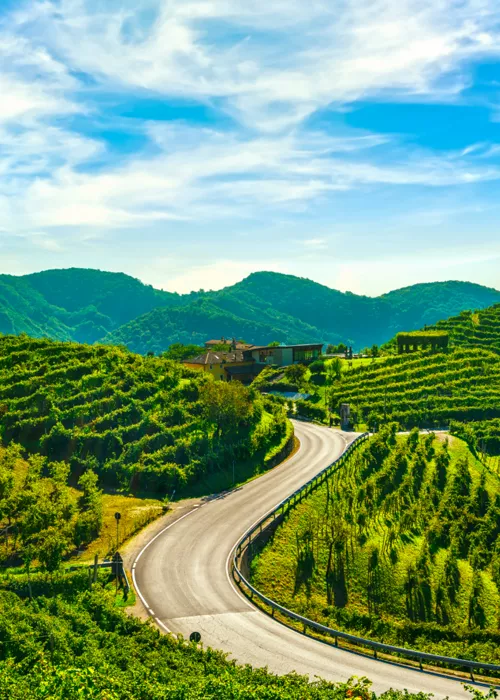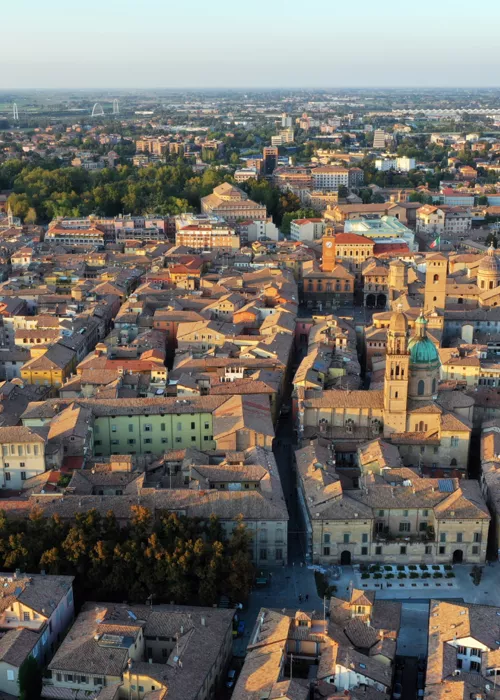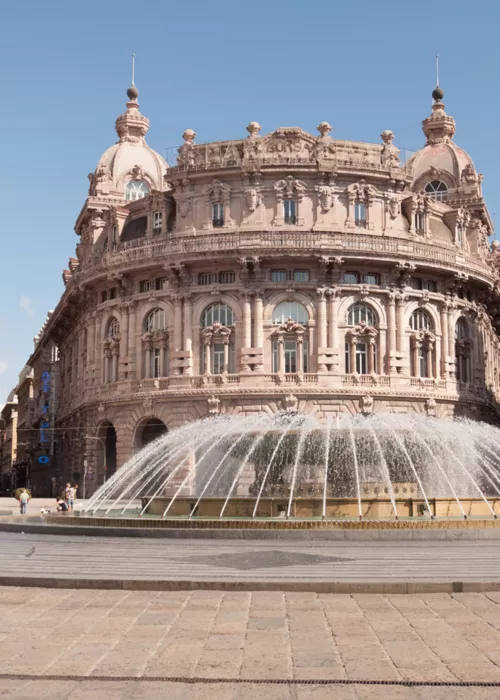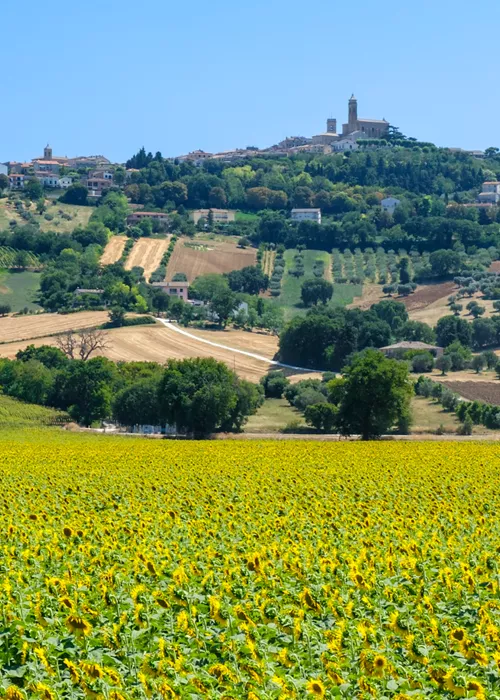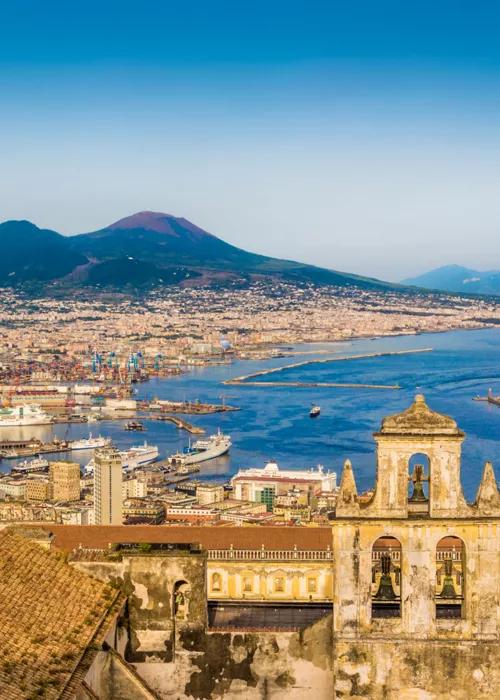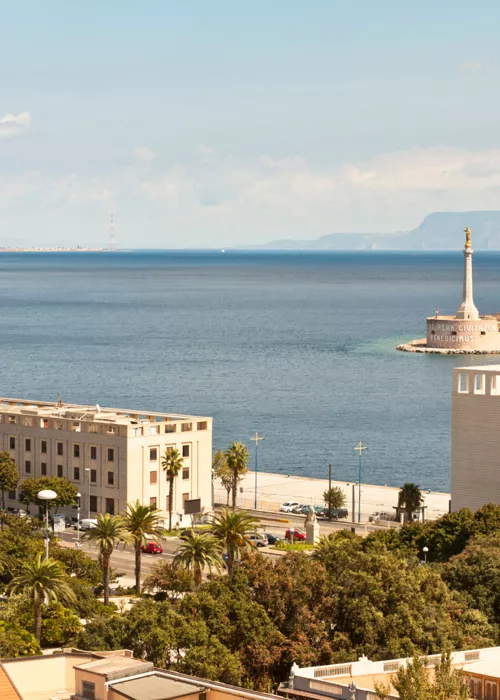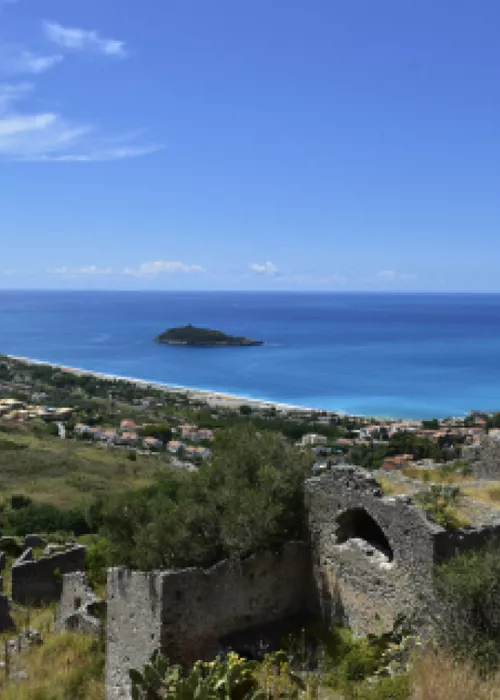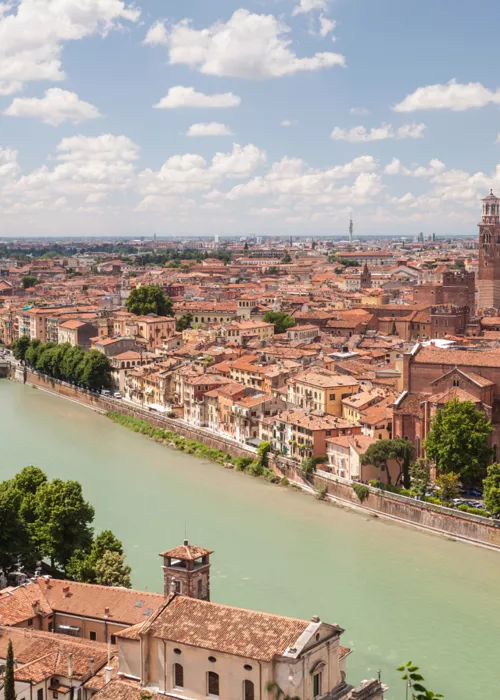
The initial kilometres of this route starting from Rivarolo Canavese unfold into an area dotted with villages with a common denominator; they all have a castle, an ancient manor house, a defensive tower, the remains of a fortress. We recommend a visit to the Ducal Castle of Aglié, part of the Savoy Royal Residences of Piedmont, for its blend of architectural styles that testify to over seven centuries of history, from the Middle Ages to the 19th century. Following the itinerary along the Dora Baltea, you will find yourself amidst blooming fields and native vineyards, which you will find at the table in one of Piedmont’s finest wines: Erbaluce. Of course, it is not ideal before tackling the mountains, but comfort yourself knowing that you still have a few dozen quite easy kilometres before the route starts to climb vertically. In between, you can pause in the elegant town of Pont St. Martin in Valle d’Aosta. You will leave with an image in your heart: that of the monumental arched Roman bridge from the first century B.C. connecting the two banks of the Lys torrent.
In Aosta, on the trail of the Romans

In the central part of our itinerary, two climbs worthy of the greatest cycling feats in history await you: both are more than 15 kilometres long, full of hairpin bends and surrounded by scenery of rare beauty. The first, from Pollein to the ski resort of Pila, boasts an elevation gain that may be scary – almost 850 metres. Watch out also for the descent, so steep that you can easily pick up speed. Once you enter Aosta, however, you take such a leap back in history that you will forget your fatigue. The city founded by the Romans in 25 B.C. still retains signs of its ancient splendour: the Arch of Augustus, for example, as well as the remains of the Roman Theatre, with its 22-metre-high façade, the Forum and the Forensic Cryptoporticus (an underground gallery supported by arches) or the Roman Bridge. Once back in the saddle, the second climb awaits you – a 17km ascent with steep short climbs exceeding 20 percent and a final gift. The arrival at Verrogne (1,582 metres above sea level), an ancient hamlet that has been completely restored, where you will be enchanted by the old mill, the sawmill, the rock-paved streets, fountains and water channels. Leaving this jewel to descend to the valley will not be easy.
In Cogne, a terrace nestled in the mountains

From Aymavilles the road starts to climb towards Cogne. It is a 25km ascent, with wide hairpin bends and, near the village of Pondel, a treat worth stopping for: the perfectly preserved aqueduct-bridge built in 3 B.C., a stone giant spanning the Grand Eyvia stream 56 metres below. The first half of the climb is more testing, with several ramps approaching 15 to 16 per cent gradient; the second is a gentler and apparently flat section, which leaves you clear-headed enough to admire the wonderful natural scenery you are rolling through. You are in the heart of the Gran Paradiso National Park, a marvel of Alpine peaks, meadows, lakes and no fewer than 59 glaciers. The master of the house here is not man but animal, in particular the ibex (symbol of the park), chamois, marmots, golden eagles and squirrels. Arriving in Cogne, you will realise that even here the human presence is discreet and respectful. Around the Sant’Orso Meadow, an uncontaminated green area in the presence of the Gran Paradiso, the wooden and stone chalets blend perfectly into the landscape. It has always been that way. If you want confirmation, as well as treating yourself to a high-altitude hike, pay a visit to the Maison Gérard Dayné, a 17th-century dwelling converted into an ethnographic museum, where you can discover past life in these mountains.

